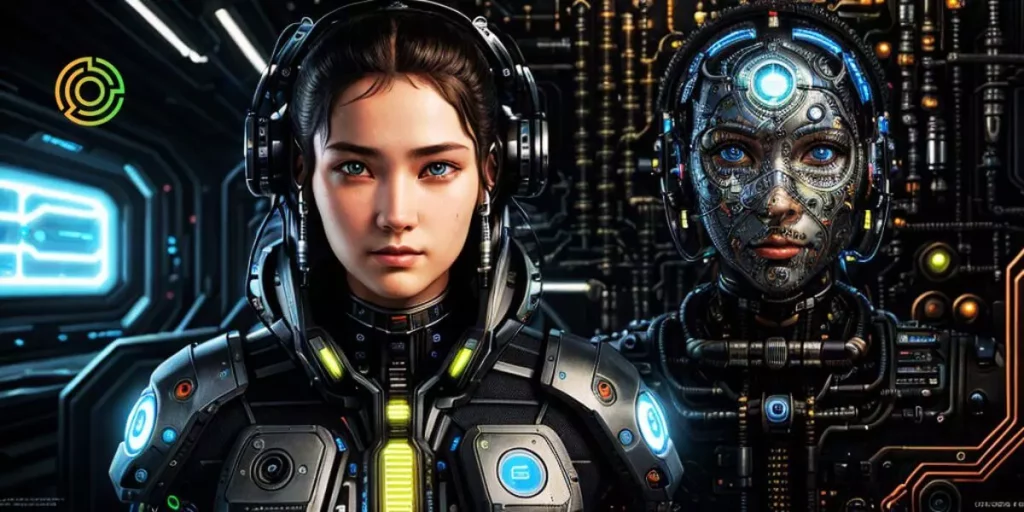The enigmatic veil surrounding GPT-4 has seemingly been lifted, leaving multitudes in awe. Although the company had jealously guarded vital specifics regarding the inner workings and architecture of GPT-4, recent rumors suggest that this model isn’t a singular, groundbreaking technological innovation.
Instead, it astoundingly represents a convergence of eight smaller, but equally influential, models.
Surpassing all expectations, GPT-4 continues to reign supreme as the foremost language model in existence today.
A Startling Revelation
It was George Hotz, the visionary founder of Comma.ai, a pioneering autonomous driving startup, who first divulged this riveting information. According to Hotz, GPT-4 diverges significantly from its predecessors, GPT-3 and GPT-3.5, by forgoing the colossal monolithic approach.
Instead, it incorporates a symphony of eight smaller models, each imbued with a staggering 220 billion parameters. This disclosure received subsequent validation from Soumith Chintala, co-founder of Meta’s PyTorch, and Mikhail Parakhin, the esteemed AI lead at Microsoft Bing.
Decoding the Model’s Intricacies
While official confirmation remains pending, this leak unveils pivotal insights into the GPT-4 model, prompting profound questions about the present state and future trajectory of artificial intelligence. OpenAI’s strategy of merging eight smaller models within GPT-4, aptly termed “expert blending,” isn’t a novel invention exclusive to their domain.
In fact, Google engineers such as William Fedus and Trevor Cai triumphantly implemented this technique as early as 2021.
The Mystique Enshrouding GPT-4
OpenAI’s deliberate concealment of GPT-4’s particulars has elicited both commendation and controversy. On one hand, the dearth of information has fueled unwieldy expectations and ignited fervent discourse surrounding this model. On the other hand, it has enabled OpenAI to preserve its reputation and preserve an aura of enigma.
Having already cemented its standing in the AI domain with the triumphant ChatGPT model, the company opted to obscure the less awe-inspiring aspects of GPT-4, thereby hinting at a revolutionary breakthrough.
OpenAI’s Covert Objectives
By veiling the intricacies of GPT-4, OpenAI has accomplished three pivotal objectives. Firstly, it has stimulated boundless imaginations and kindled speculation regarding the model’s immense potential.
This narrative serves to fortify OpenAI’s assertion about the necessity of careful planning and regulation concerning artificial general intelligence (AGI). Secondly, it has thwarted open-source initiatives and potential rivals like Google from mimicking techniques they ostensibly invented or discovered.
However, this leak has exposed the fact that GPT-4 isn’t as revolutionary as initially believed, but rather a fusion of smaller models.
A Setback for AI Advancement?
This revelation poses the question of whether OpenAI and the industry at large are indeed grappling with an intellectual drought in the AI domain, as suggested by Hotz. It also raises doubts about the actual pace of progress in the field of AI, which may not be as meteoric as it is portrayed.
While GPT-4 remains an impressive model in terms of performance and its capacity for scripting and programming tasks, the disclosure that it comprises smaller models may influence perceptions of its technological advancement.
The Algorithmic Bridge Offers Preliminary Perspectives:
- Dave Hitz emphasizes that GPT-4’s performance is of utmost importance, while the architecture itself holds little relevance as long as it functions impeccably.
- Alberto Romero critiques OpenAI’s handling of the situation, stressing the significance of understanding how GPT-4’s performance was attained.
- Pouria Mistani posits that the amalgamation of models doesn’t constitute evidence of progress toward AGI.
- Pär Winzell highlights the accelerating pace of the AI domain and raises concerns about the uncontrolled development of GPT-4 level models falling into the wrong hands.
- Alberto Romero echoes the apprehension about the rapid development in the field and underscores the possibility of exaggerated claims regarding AI advancements.
The forthcoming weeks hold the promise of unfolding developments that will shape this narrative.
Conclusion
The revelation surrounding GPT-4 has sparked both fascination and debate within the AI community. Contrary to the previous perception of a groundbreaking monolithic model, GPT-4 astoundingly combines eight smaller models, showcasing the power of expert blending.
While the deliberate secrecy maintained by OpenAI has fueled speculation and raised questions about the industry’s progress, it has also allowed the company to maintain an aura of mystique.
The true impact and implications of GPT-4’s fusion remain to be seen, but it serves as a testament to the ongoing advancements and complexities of artificial intelligence.
As the story continues to unfold, the AI field eagerly awaits further developments and the potential future implications of this innovative model.
Follow us on our social networks and keep up to date with everything that happens in the Metaverse!
